NAHBS 2014 Gallery: Fat bikes galore in Charlotte
Big bikes from Moots, Ritchey, Quiring, Boo and more
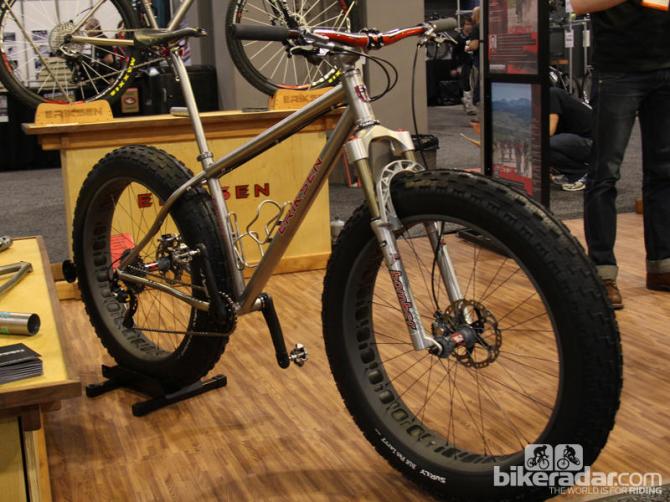
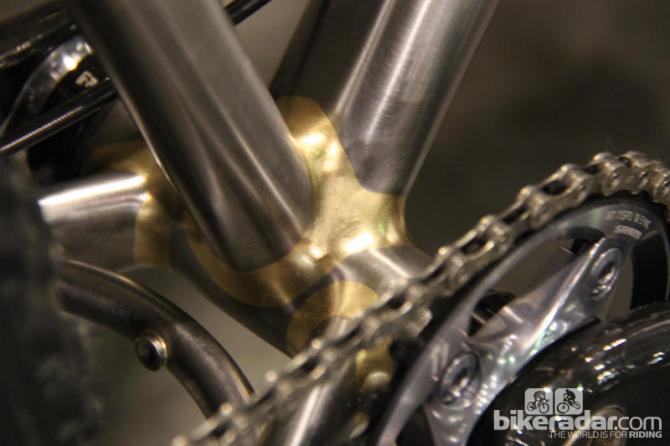
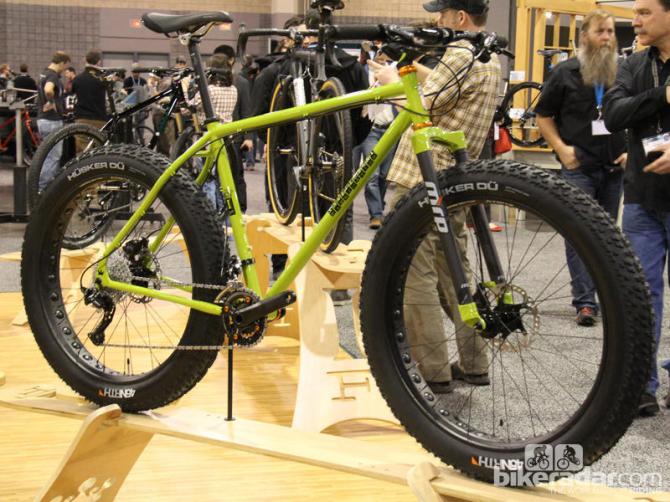
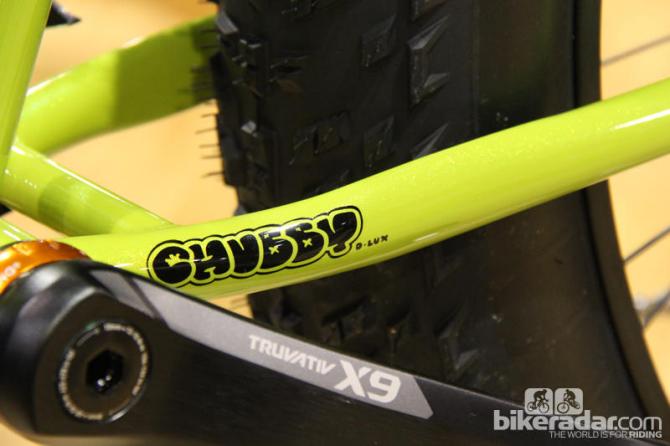
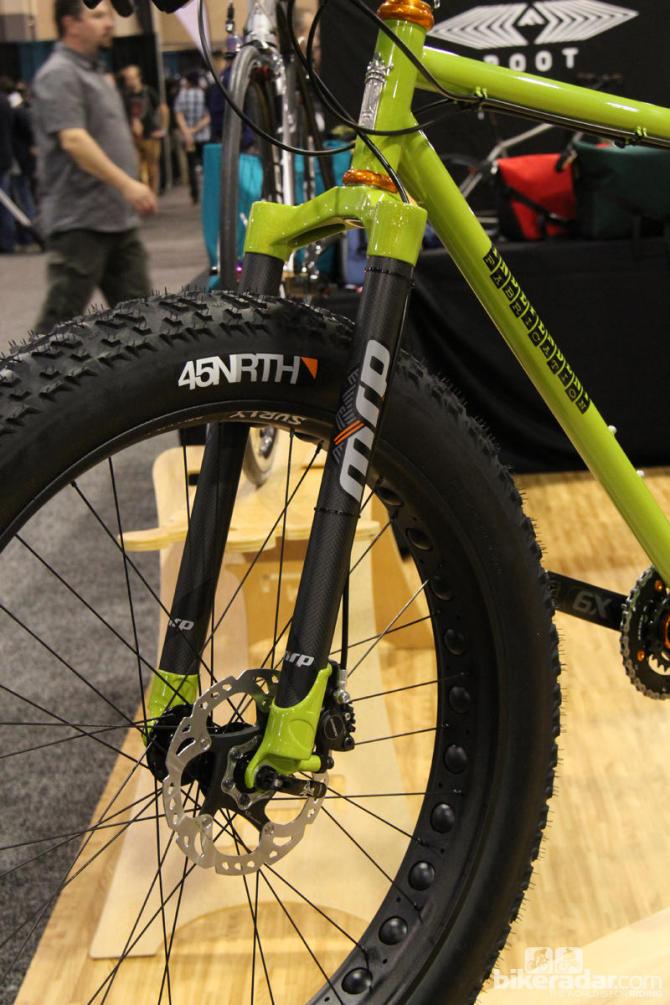
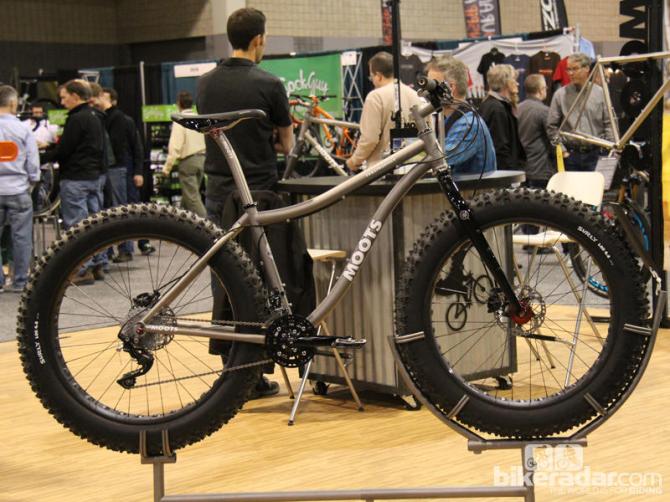
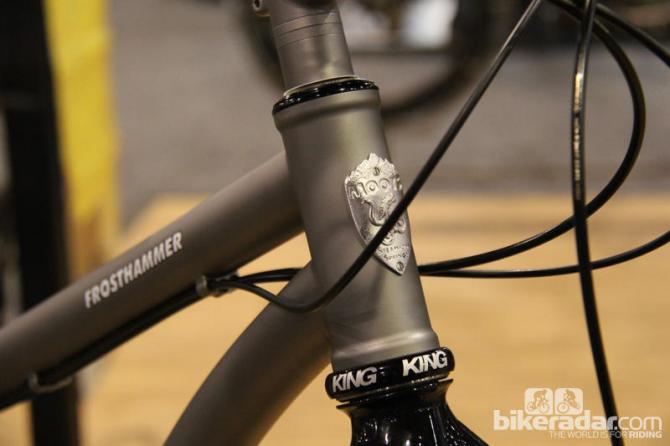
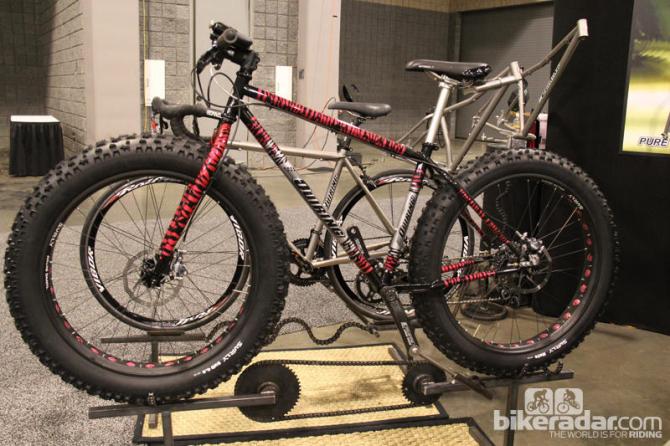
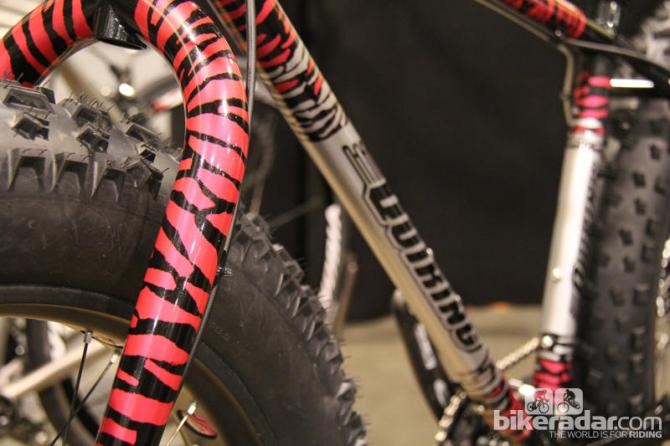
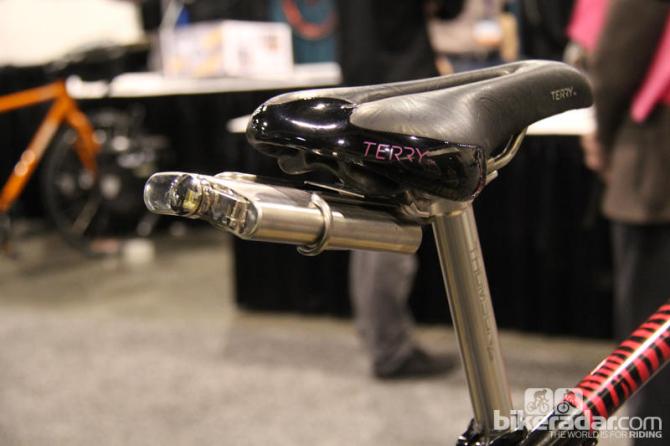
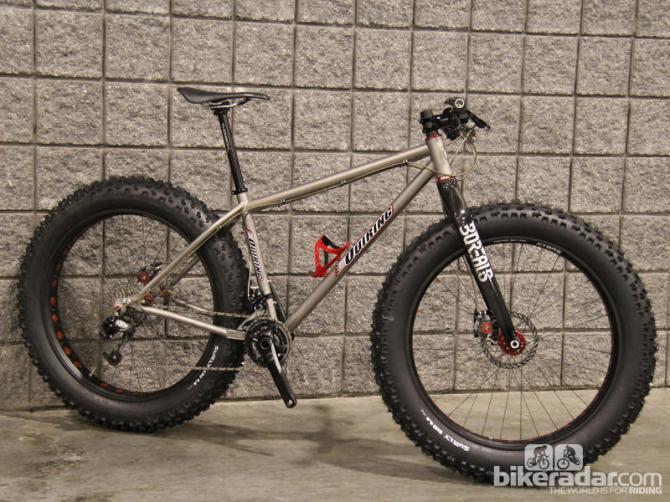
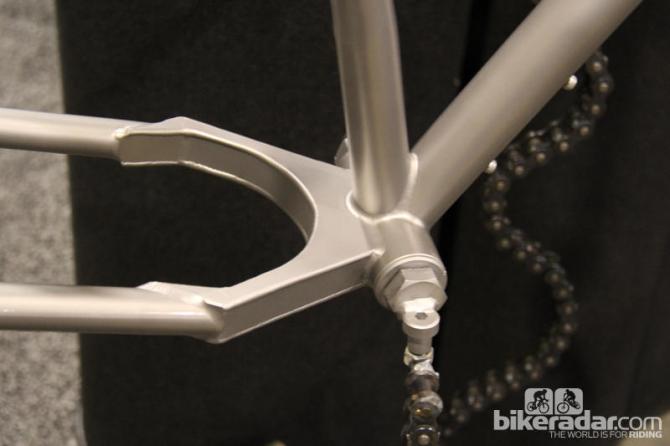
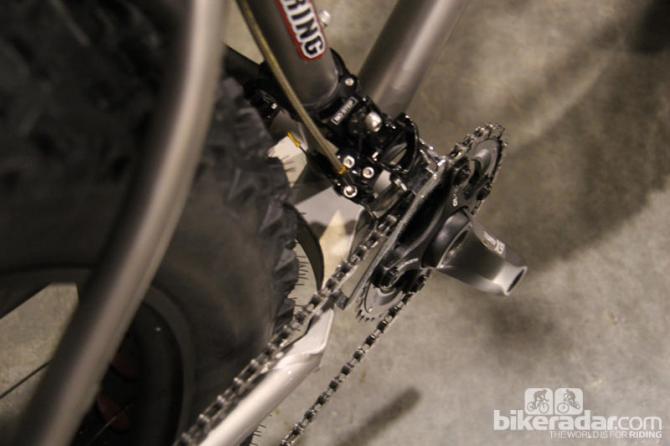
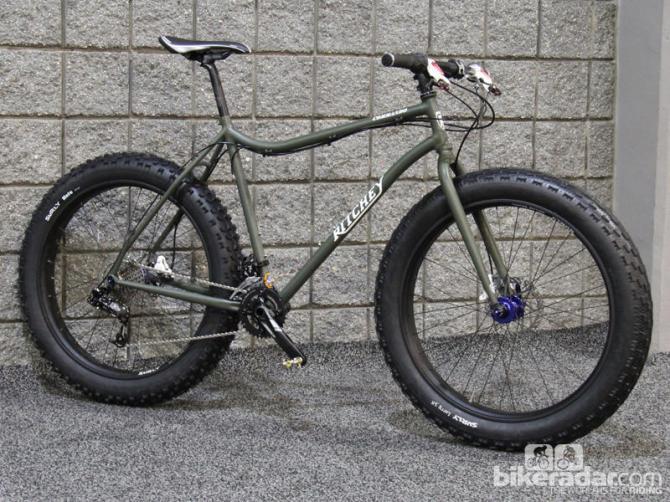
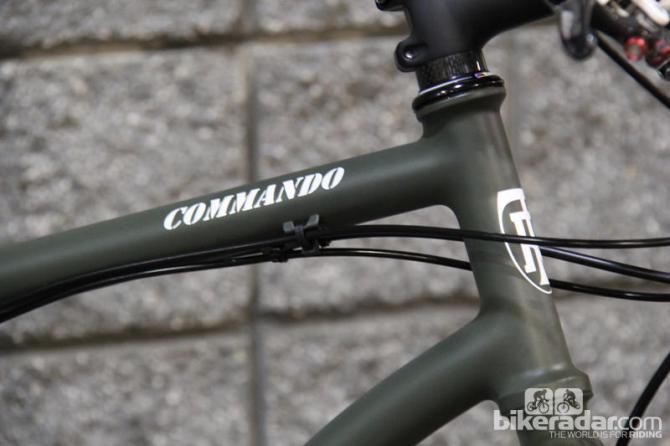
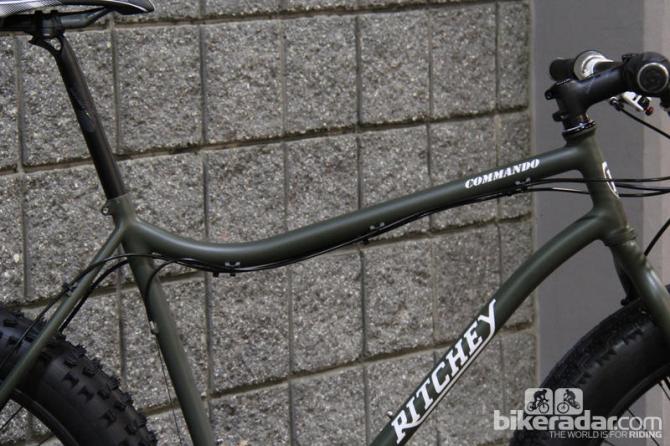
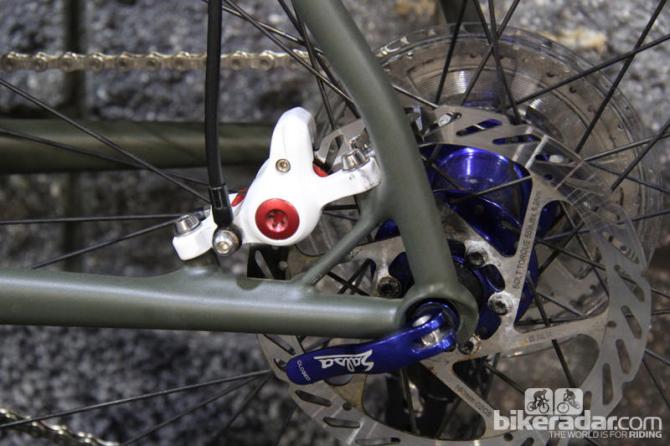
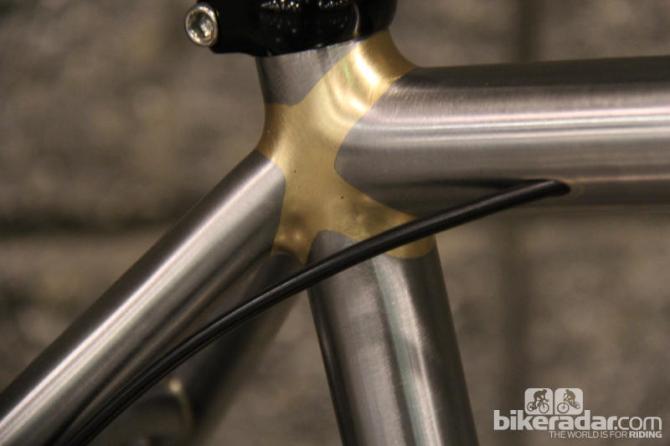
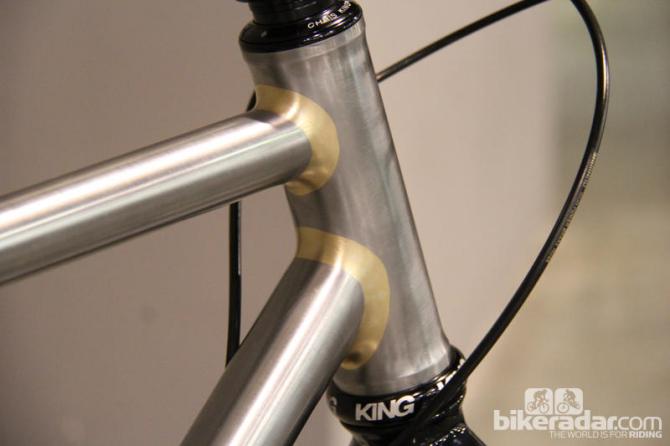
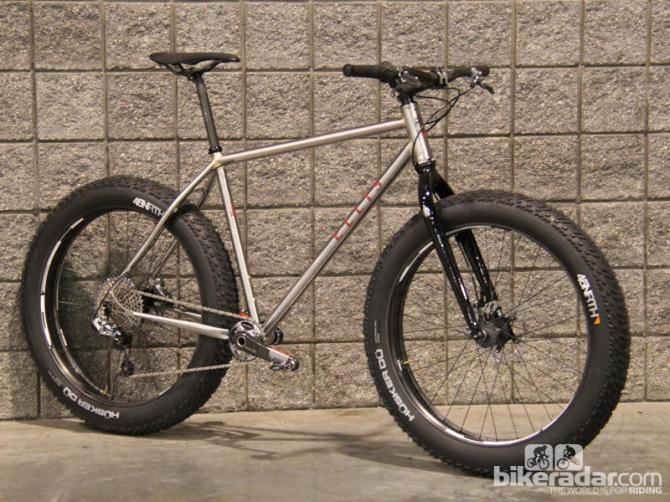
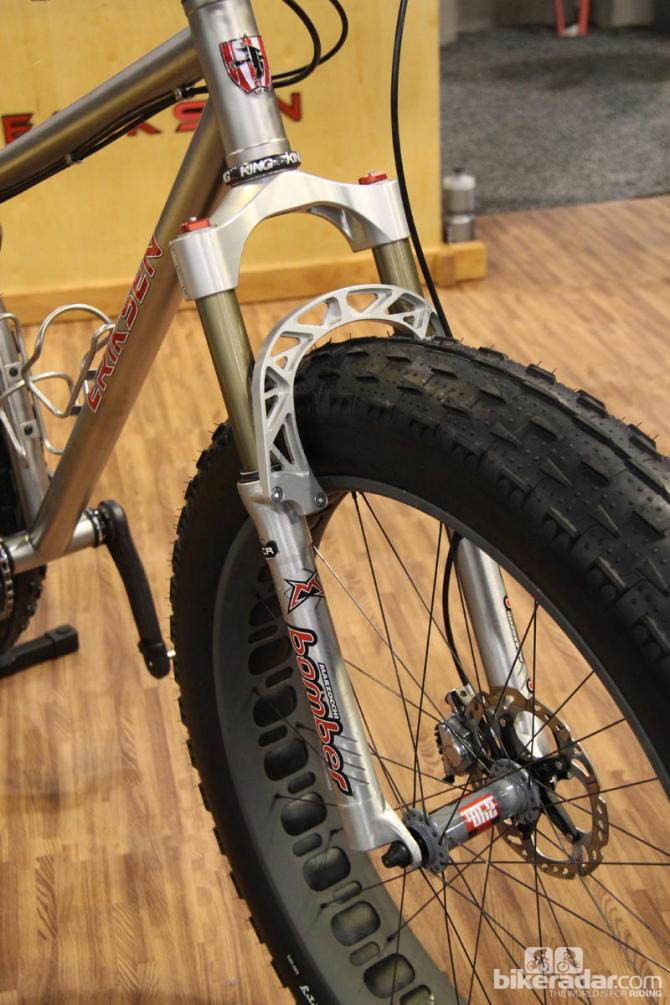
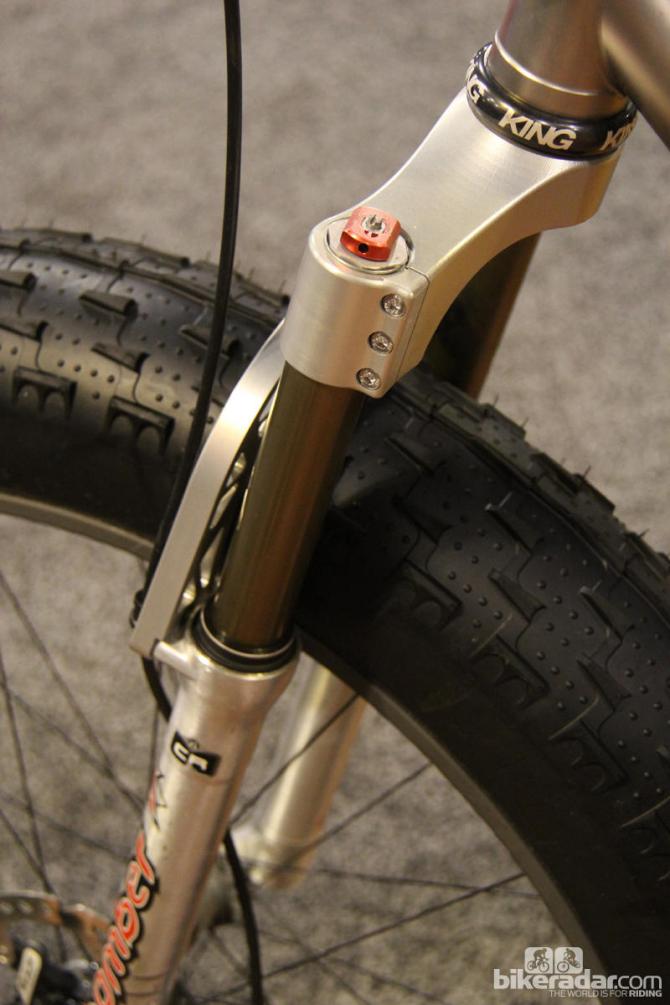
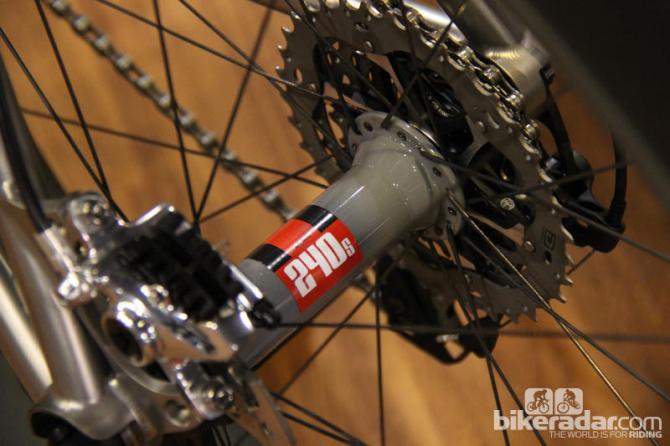
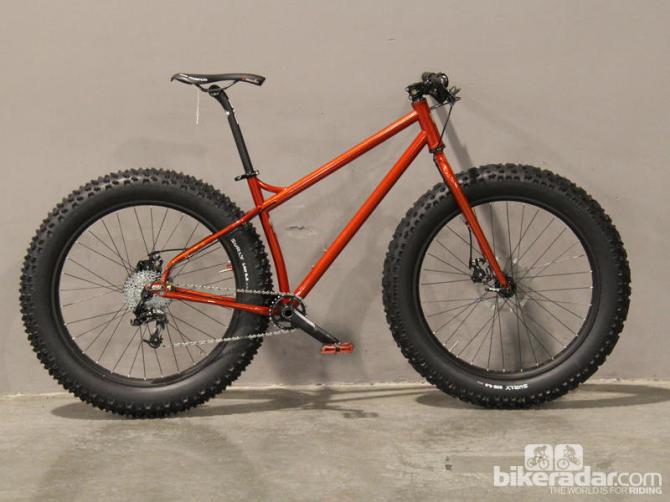
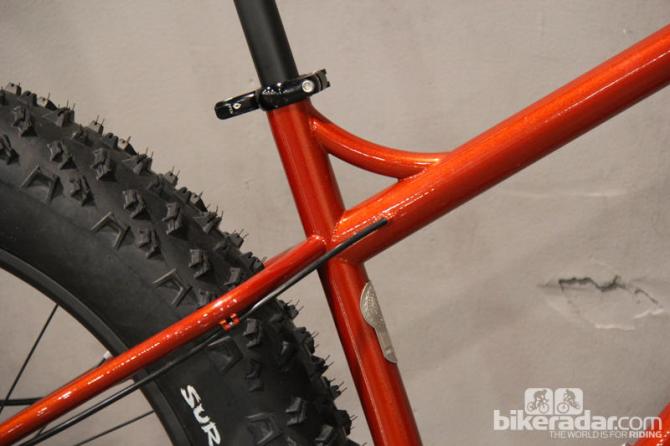
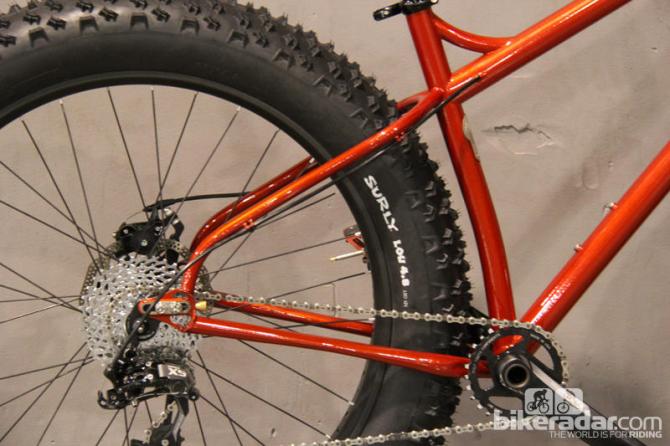
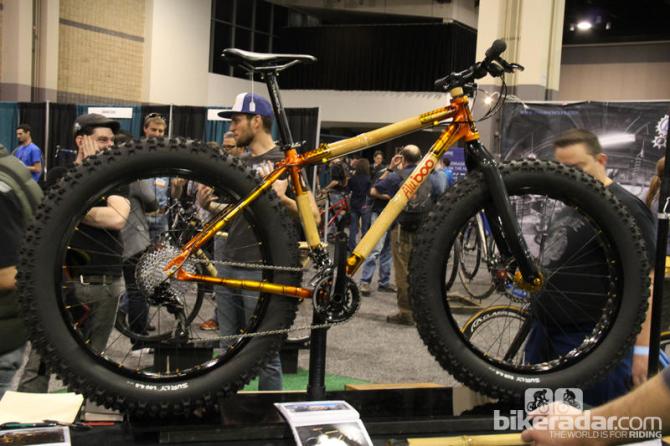
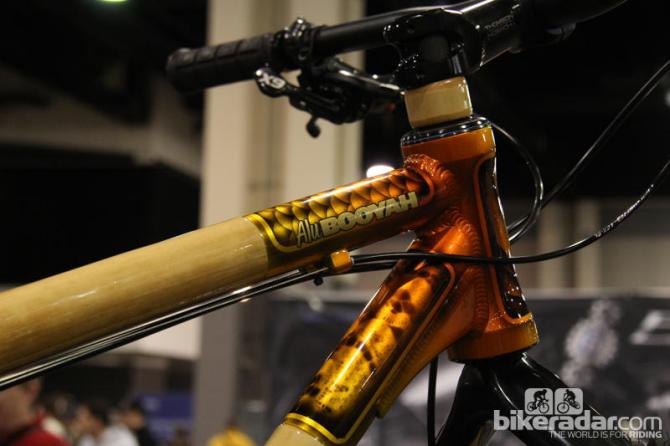
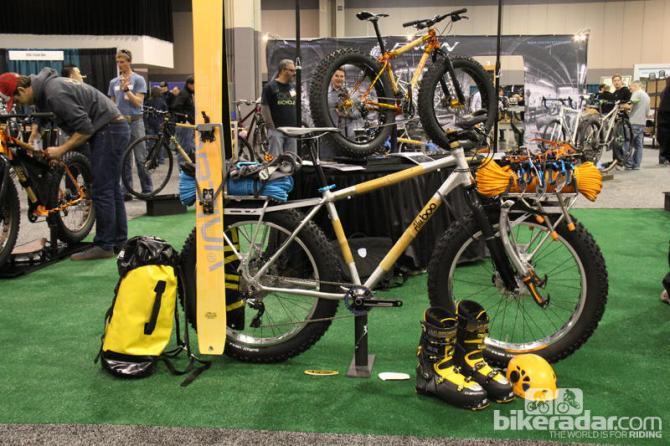
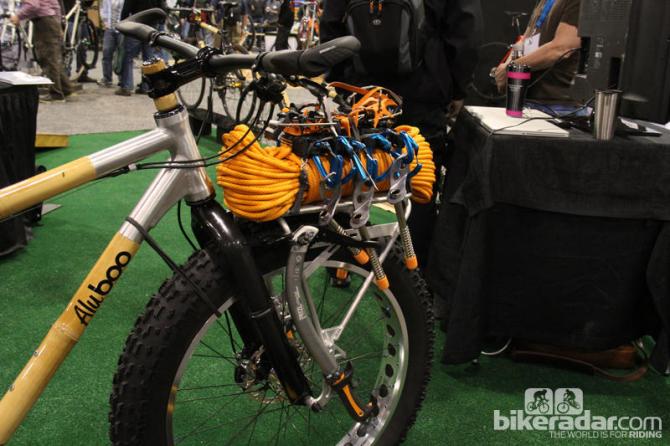
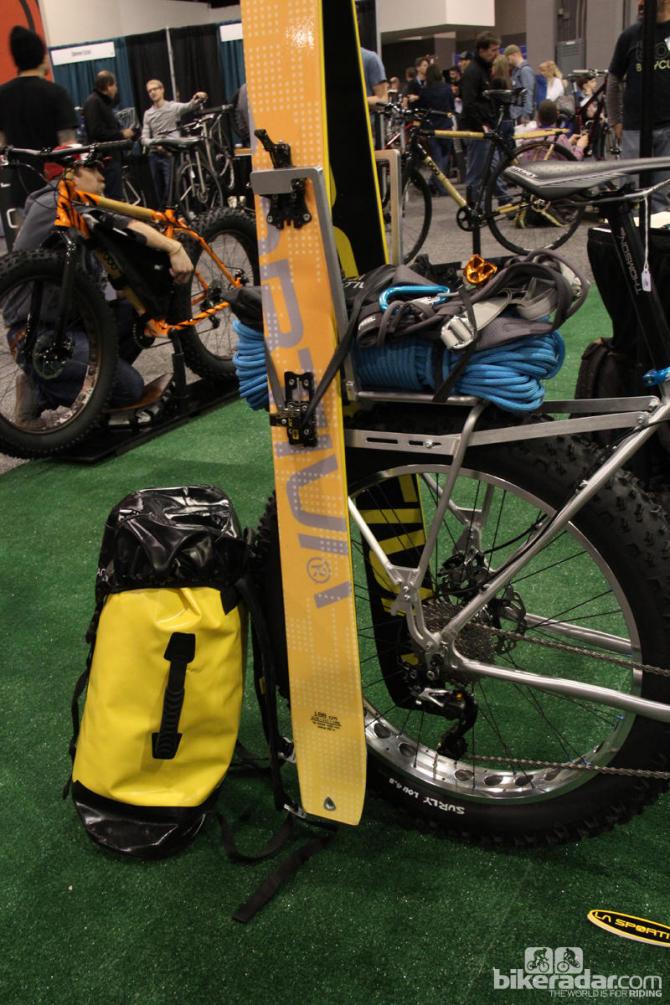
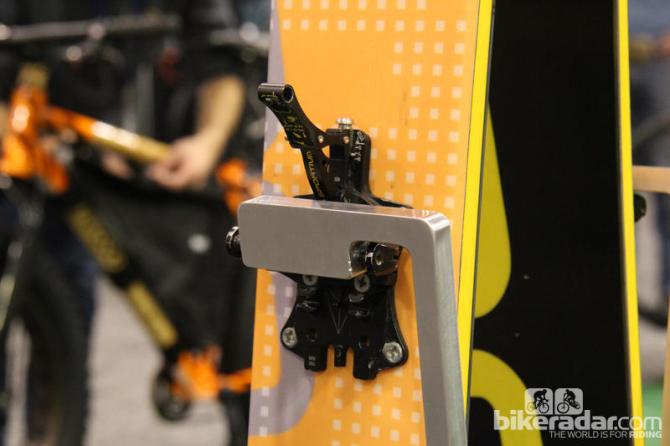
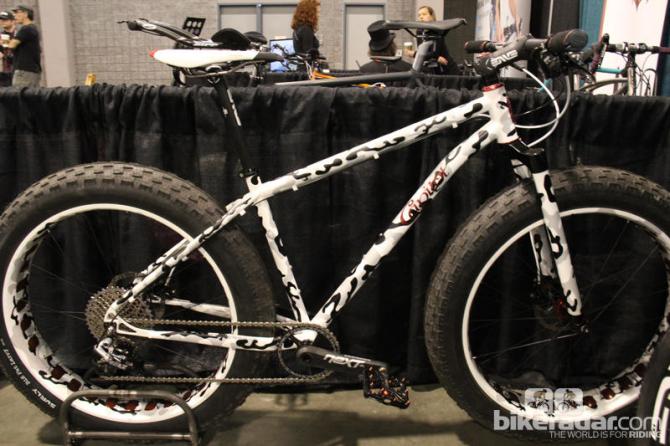
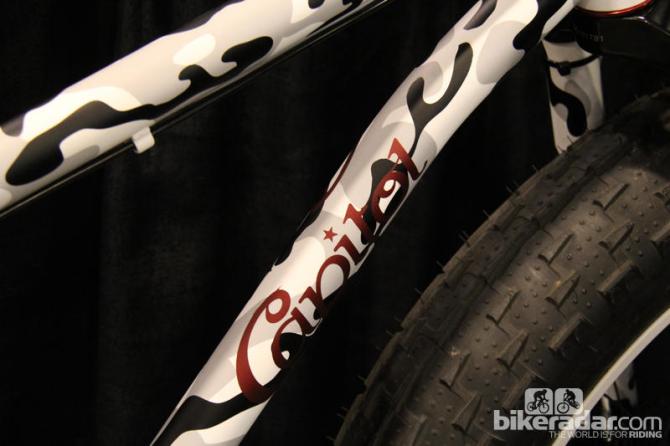
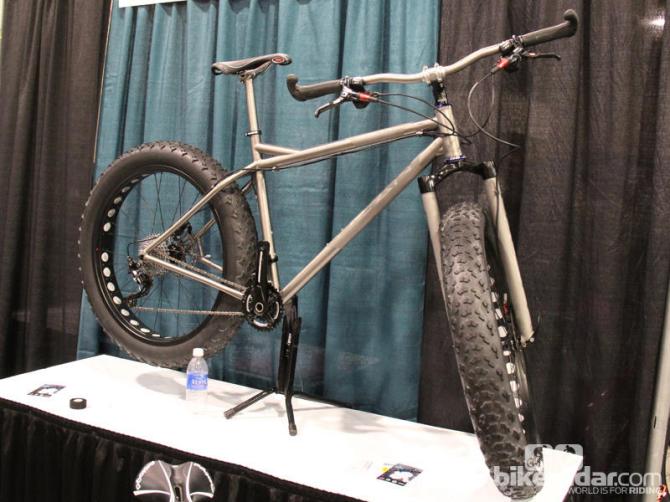
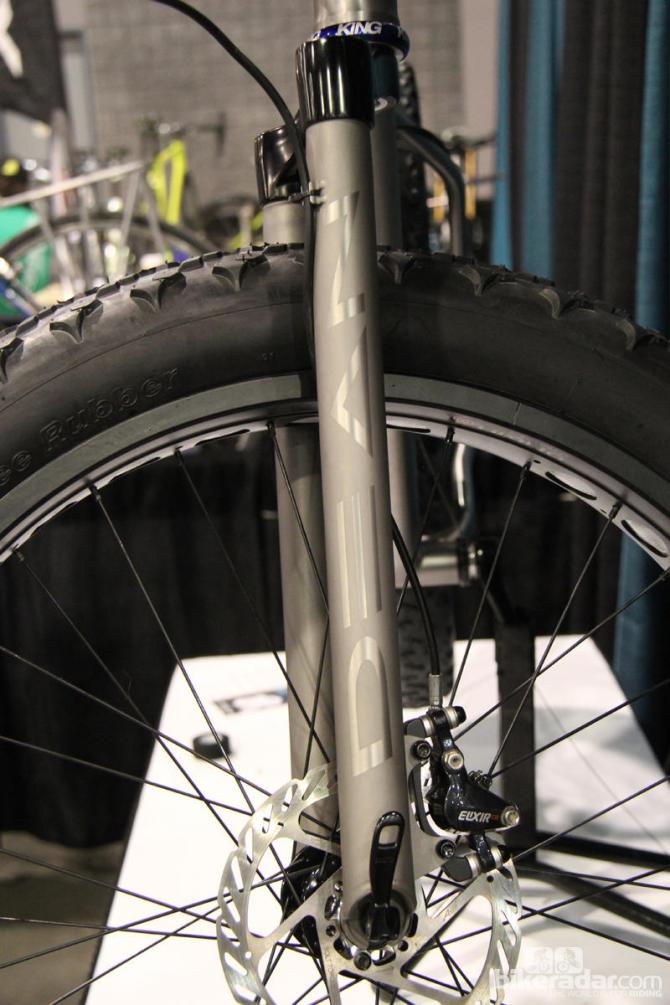
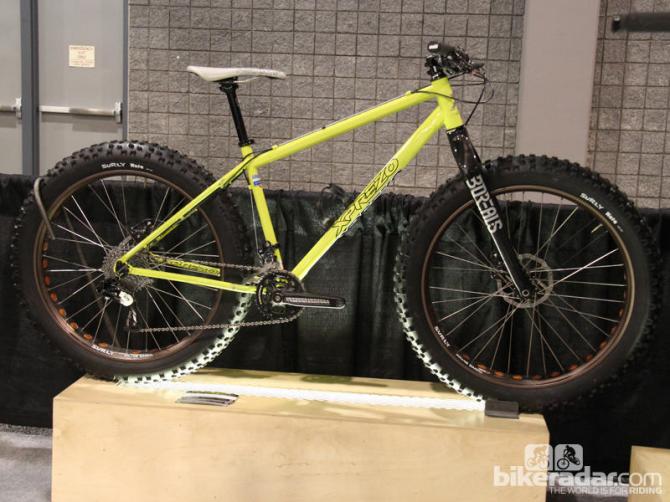
This article originally published on BikeRadar
Fat bikes are nothing new to the North American Handmade Bicycle Show, though their massive knobby tires were seemingly at every turn this year.
Some of the builders are well known for their fat bikes, while others decided to build their first fat bikes as a result of this year’s particularly harsh winter. From the bikes on display, it's clear that there’s still a lot of flux within the category: dropout spacing and axle type were all over the map.
Here’s a look at the bikes that were on display. Click through the gallery at right for a detailed look at bikes from each of the builders.
This particular Eriksen fat bike belongs to company welder Brad Bingham. The frame is designed to take 5in tires. The seat tube is curved to tuck the rear wheel in and keep the chainstay length manageable. It can accommodate tires up to 5in wide and uses a197x12 thru-axle rear end. The claimed frame weight is 3.6lb (1.63kg).
The two most interesting components on the frame are the hubs and the fork, both of which are custom, one-off pieces stretched to accommodate the wide spacing required by massive tires.
Get The Leadout Newsletter
The latest race content, interviews, features, reviews and expert buying guides, direct to your inbox!
New Hampshire framebuilder Kristofer Henry is the man behind 44 Bikes. His personal machine is designed to lead a double life as a fat bike in the winter months and a 29+ machine during the rest of the year.
The outside diameters of a 5in fat bike tire and a 3in wide 29+ tread are nearly the same, so Henry built this bike to accommodate both wheelsets.
Boo Bicycles employee Jacob Lapenna designed this AluBOOYAH fat bike as ski mountaineering machine. This bike was inspired by a recent trip to Torreys Peak, a 14,275-foot peak located in Clear Creek, Colorado. The climb has a significant approach that is expedited by riding in before skinning up and taking to the ropes.
The bike was created with help from La Sportiva and Petzel, who supplied the ski and climbing gear, and Old Man Mountain racks, who supplied the panniers and front rack.
This winter camouflage-covered fat bike from Capitol Bicycle Company is designed with aggressive riding in mind.

The frame geometry is slacker than most and it features 100mm-wide rims and 5in Surly Big Fat Larry tires.
Dean has long been a fixture in titanium fabrication. This Boulder-based frame building company was showing off its first fat bike.
To accompany the frame, Dean also worked with Colorado-based suspension fork manufacturer MRP (formerly known as White Brothers), who supplied the aluminum crown. Dean added pressed-in titanium fork legs to complete the package.
Ellis Cycles owner Dave Wages may be better known for his stunning road bikes. His NAHBS resume is quite impressive. Wages won Best Lugged Bike in 2009, Best of Show in 2010, Best Road Frame in 2011 and Best Steel Frame in 2012.
His creations are often lugged or filled brazed and feature clean lines and impeccable attention to detail.
Wages is based in Waterford, Wisconsin, and this year’s long winter there motivated him to create his own fat bike.
Company owner Gary Smith has been a fat bike aficionado for several years and wanted something he could ride through the snow that had an IF head badge on it, and so the Chubby D-Lux was born.
The sparkling chartreuse paint is stunning and the painted to match MRP carbon fat bike fork ties the build together.
Moots is no stranger to fat bikes, having built custom machines for endurance racer Mike Curiak’s grueling Iditarod Trail Invitational wins.
The FrostHammer is Moots first fat bike model designed to fit 5in wide tires. The frame has a 44mm head tube and is designed to accommodate the fat bike-specific suspension forks that will be coming to market later this year.
Moots will be offering the FrostHammer in four stock sizes, as well as made to measure options.
Michigan frame builder Scott Quiring works in steel, stainless steel and titanium. To improve tire clearance and bolster rear end stiffness, Quiring machines his own chainstay yokes.
Quiring had a titanium and a steel fat bike on display at this year’s show. The pink-and-black tiger-striped steel fat bike belongs to his wife. The paint scheme was inspired by a pair of similarly patterned rim strips she found.

Small strips of masking tape were used to create the pattern.
The Ritchey Commando is one of the most storied bicycle frames from the early days of mountain biking. Ritchey dusted off the name for the company’s first fat bike.
The Commando has 135mm front and 170mm rear spacing, uses quick-release axles, and can accommodate fat tires up to 3.8in wide.
The olive drab machine on display belongs to Tom Ritchey himself. This particular frame is fillet brazed (production Commando’s will be TIG welded). Production Commando’s will retail for US$999 and will be available in October.
Xprezo is a small Canadian bicycle company. The company has resisted the pull of off-shore manufacturing, instead choosing to build all of its frames in its factory in Bromont, Québec.
The company’s first fat bike is dubbed the Gros Big. It has a 190mm rear axle spacing, uses a press-fit 92 bottom bracket and can fit 5in wide fat bike tires.
The frame is constructed from Columbus Zona tubing and has a claimed frame weight of 3.9lb (1.76kg).